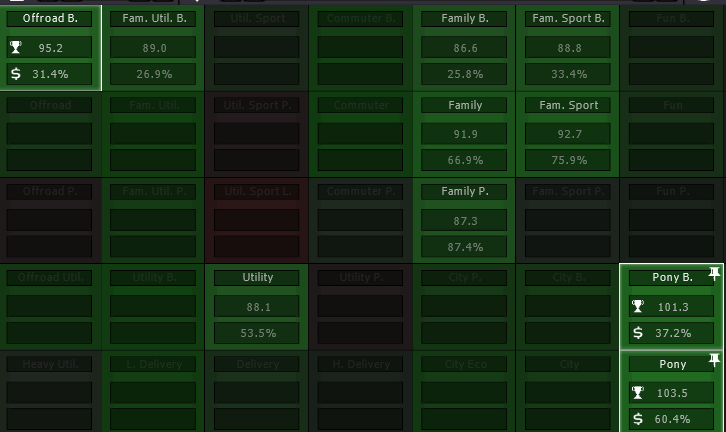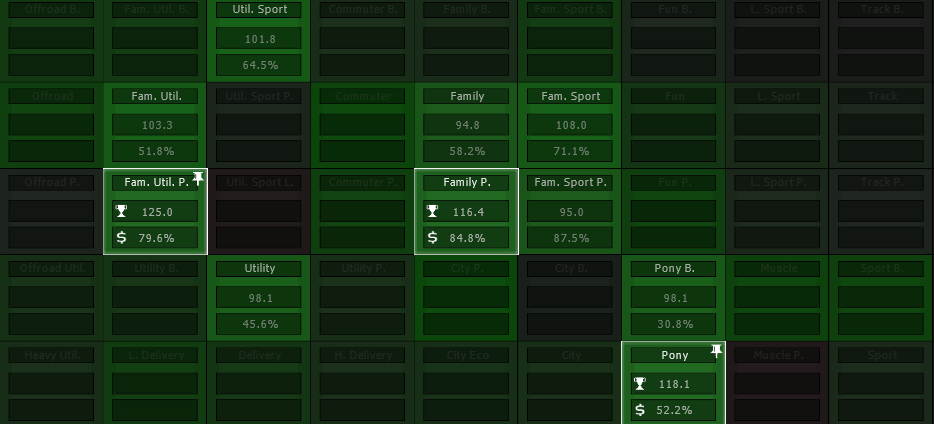In 1950, the company changed its name from ACM (Autos y Camiones de Mexico) to ADM (automotores de Mexico). The market also wanted safer cars and the economy bloom in the country made a perfect oportunity for ADM to expand it’s line-up and explore new markets.
ADM-35 II Charolais (1950)
The old ACM-35 was updated to a new model, with pretty much everything new (except the engine), including a brand new 4 speed transmission especially design for tooling. It had 3 seats covered in basic cloth with good padding and a lightweight but durable plastic was used in the console, with some details in fake wood. This version featured no radio (it can be buy separatly) to lower the price of the truck. Market price (fruinia): $8,100 (1950 price $823).
ADM-35 II Volcán (1950)
The second generation of the Volcán had 5 doors and 7 seats with an interior similar to the one in the charolais, but with a single speaker mono radio. This version keep the old Ventury 6 engine used in the 1948 model, but the transmission was updated to a 4 speed manual. Market price (fruinia): $9,504 (1950 price $966).
[size=150]ADM-35 II Panel (1950)[/size]
Finally, the panel version was supposed to take the place of the old ACM-22. Although a model was designed, it was later ditched out because the size was not captable enought, then the Panel version was designed. ADM just took the fake wood details, leave only 2 seats and put an automatic 2-speed transmission. This trim was also used as ambulances in most hospitals in México. Market price (fruinia): $8,640 (1950 price $878).




























 It’s quite fun to do cars for the middle market, they don’t have to be over-the-top cars, and it allows to experiment different designs (as my main company Meliora Automotive is/or will be focused in premium and light sport cars, like BMW; while this company is more like Chevrolet-chrysler type of thing.
It’s quite fun to do cars for the middle market, they don’t have to be over-the-top cars, and it allows to experiment different designs (as my main company Meliora Automotive is/or will be focused in premium and light sport cars, like BMW; while this company is more like Chevrolet-chrysler type of thing.







